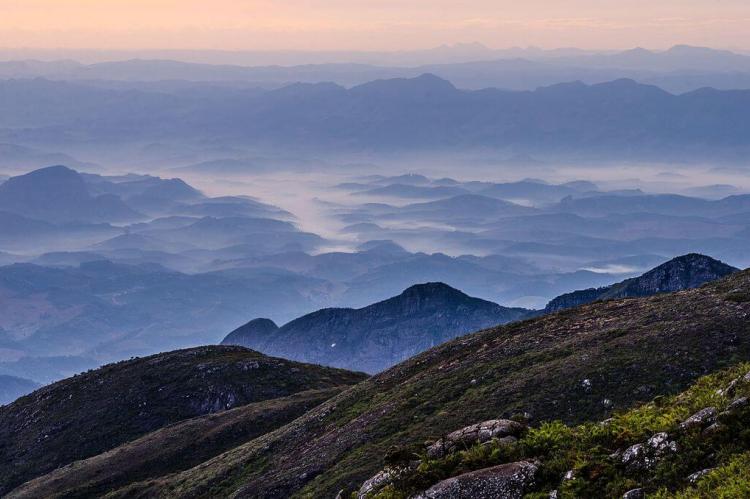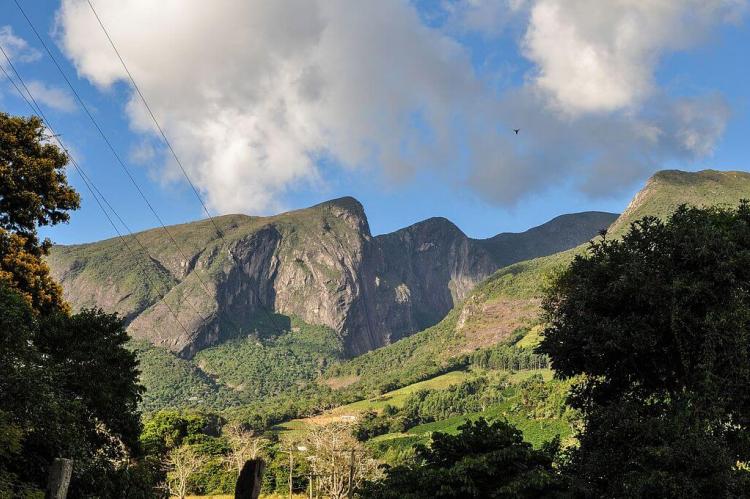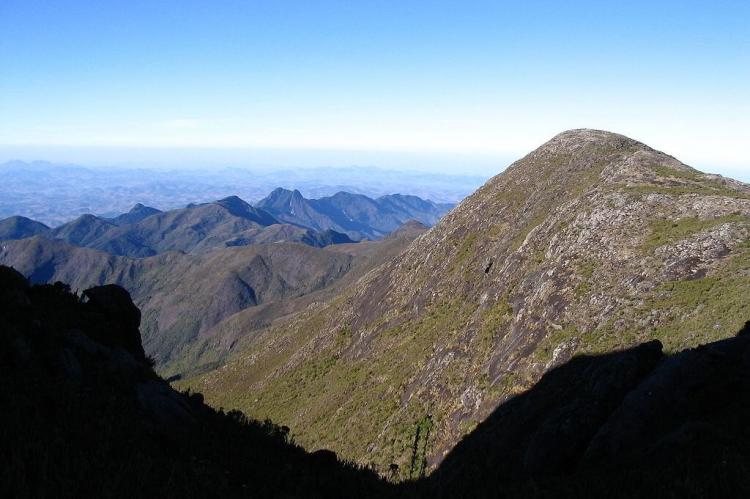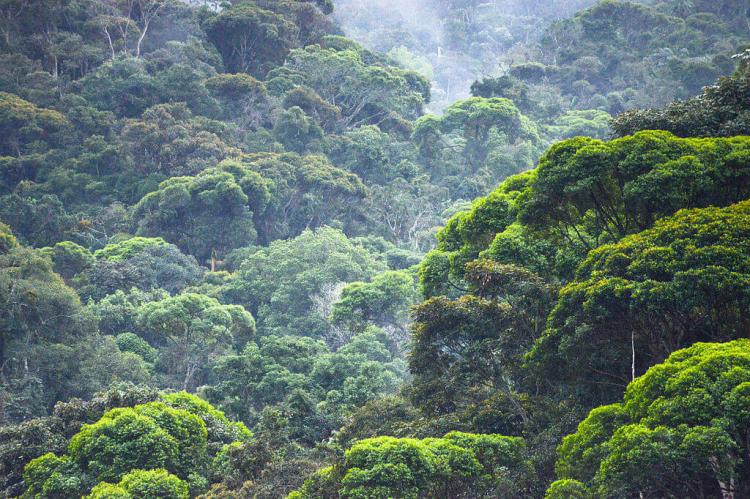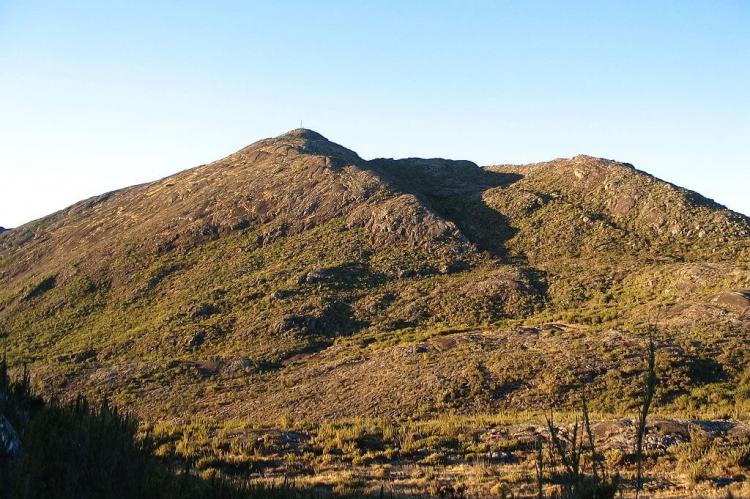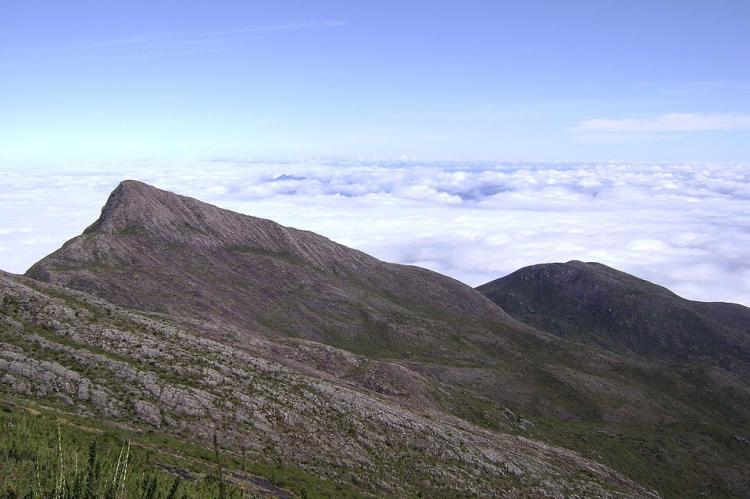Caparaó National Park: A Sanctuary of Natural Diversity and Majestic Peaks
Nestled on the border between the Brazilian states of Minas Gerais and Espírito Santo, the Caparaó National Park encompasses the majestic Caparaó Mountains, including the iconic Pico de Bandeira. The park offers a sanctuary for diverse ecosystems, from dense montane rainforests to alpine meadows.
Caparaó National Park: A Sanctuary of Natural Diversity and Majestic Peaks
Nestled on the border between the Brazilian states of Minas Gerais and Espírito Santo, the Caparaó National Park is a testament to Brazil's rich natural heritage. Encompassing the majestic Caparaó Mountains, including the iconic Pico de Bandeira, this park offers a sanctuary for diverse ecosystems, from dense montane rainforests to alpine meadows.
Geographical Overview
The Caparaó Mountains, a northern extension of the Serra da Mantiqueira within the Serra do Mar Mountain Range System, dominate the landscape of Caparaó National Park. This range is characterized by rugged terrain, towering peaks, and dramatic vistas, offering a captivating blend of Atlantic Forest vegetation and alpine environments. At the heart of the park lies Pico de Bandeira, the third-highest mountain in Brazil, soaring to an impressive height of 2,892 meters (9,488 feet). Notably, Pico de Bandeira is the Brazilian mountain with the greatest topographic isolation, accentuating its prominence within the region.
Protected Area and Administration
Established in 1961, Caparaó National Park spans 31,853 hectares (78,710 acres) and safeguards the ecological integrity of the Caparaó Mountains, including the majestic Pico de Bandeira. Administered by the Chico Mendes Institute for Biodiversity Conservation (ICMBio), the park serves as a crucial sanctuary for preserving the Atlantic Forest biome. Its strategic location along the border between Minas Gerais and Espírito Santo enhances its significance as a transboundary conservation area, fostering collaboration in biodiversity conservation efforts.
Natural Attractions
Pico de Bandeira stands as the crown jewel of Caparaó National Park, attracting adventurers and nature enthusiasts from far and wide. Accessible from the nearby town of Alto Caparaó, the ascent to Pico de Bandeira offers a thrilling journey through diverse ecosystems, from lush rainforests to windswept alpine meadows. The park's other notable peaks, including Morro da Cruz do Negro, Pedra Roxa, Pico do Tesouro, and Pico do Tesourinho, further enhance its allure, offering breathtaking panoramic views and opportunities for exploration.
Climate and Environment
The climate within Caparaó National Park varies with altitude, transitioning from tropical at lower elevations to alpine at higher altitudes. While temperatures average between 19-22°C (66-72°F) in the lower reaches of the park, the summit areas, including Pico de Bandeira, experience significantly cooler temperatures, with extremes ranging from 25°C (77°F) in summer to -10°C (14°F) in winter, accompanied by frost. These climatic conditions contribute to the region's unique biodiversity, supporting diverse flora and fauna adapted to montane and alpine environments.
Biodiversity
The biological richness of Caparaó National Park is evident in its diverse ecosystems, ranging from dense montane rainforests to highland fields. The park harbors many endemic and endangered species, including rare bird species endemic to the Atlantic Forest biome. At least 49 bird species inhabit the park's high-altitude fields, underscoring its importance as a haven for avian biodiversity. Additionally, the park's montane forests support many plant and animal species, although further research is needed to document and fully understand the extent of their diversity.
Conservation Challenges and Future Prospects
While Caparaó National Park plays a vital role in conserving Brazil's natural heritage, it faces various challenges, including habitat degradation, illegal logging, and encroachment. Addressing these threats requires concerted efforts from government agencies, local communities, and conservation organizations to implement sustainable management practices and enhance protection measures. Furthermore, promoting ecotourism and environmental education initiatives can foster greater awareness and appreciation for the park's ecological significance, ensuring its long-term preservation for future generations.
In conclusion, Caparaó National Park is a beacon of natural beauty and ecological significance in southeastern Brazil. From its towering peaks, including the majestic Pico de Bandeira, to its verdant forests, the park encapsulates the splendor of the Caparaó Mountains. It serves as a vital refuge for diverse ecosystems. By preserving its pristine landscapes and fostering sustainable stewardship, the continued protection of Caparaó National Park ensures its significance in inspiring and captivating generations to come, offering a glimpse into Brazil's rich biodiversity and natural heritage.
